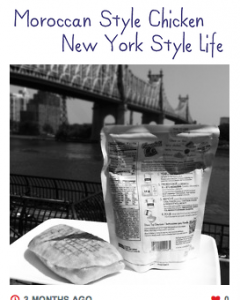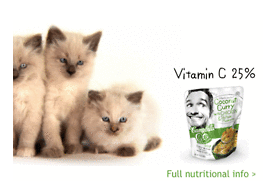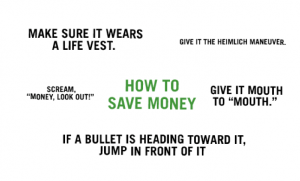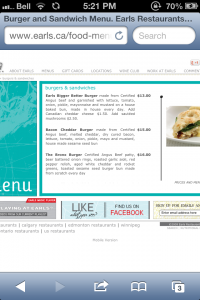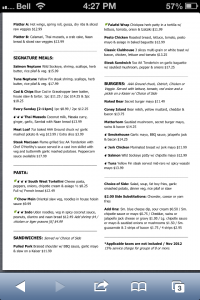In an attempt to reach younger consumers, Campbell’s soup is currently rebranding its Soup To Go. The new soups now come in a bag instead of a can and come in unique flavours. These flavours include “ Spicy Chorizo & Pulled Chicken with Black Beans” and “Coconut Curry with Chicken and Shiitake Mushrooms.”
Because they are trying to attract Millennials, Campbell’s Go soup’s marketing is centered on a tumblr type website. In what I assume is an attempt to appeal to all things of interest to the Millennial generation, their website includes:
Black & White Photos of their product
Cat Photos
What these have to do with soup is beyond me. It seems as if Campbell’s has simply taken everything stereotypical of a younger generation, grouped it together and expect to sell soup. This campaign seems very superficial and I think it will be viewed as such. It is insulting that this is what Millennials have been boiled down to.
However, the plus side of this campaign is that they did try to be humourous. When marketing is successful in being funny it is usually more effective at capturing consumers’ attention. Sadly, the only thing funny about the jokes used was the fact that someone had actually allowed them to post such corny jokes.
Overall, simply putting this campaign on a site similar to one popular with youths and throwing together stereotypes of a younger generation, will most likely not be successful in capturing youths attention.

